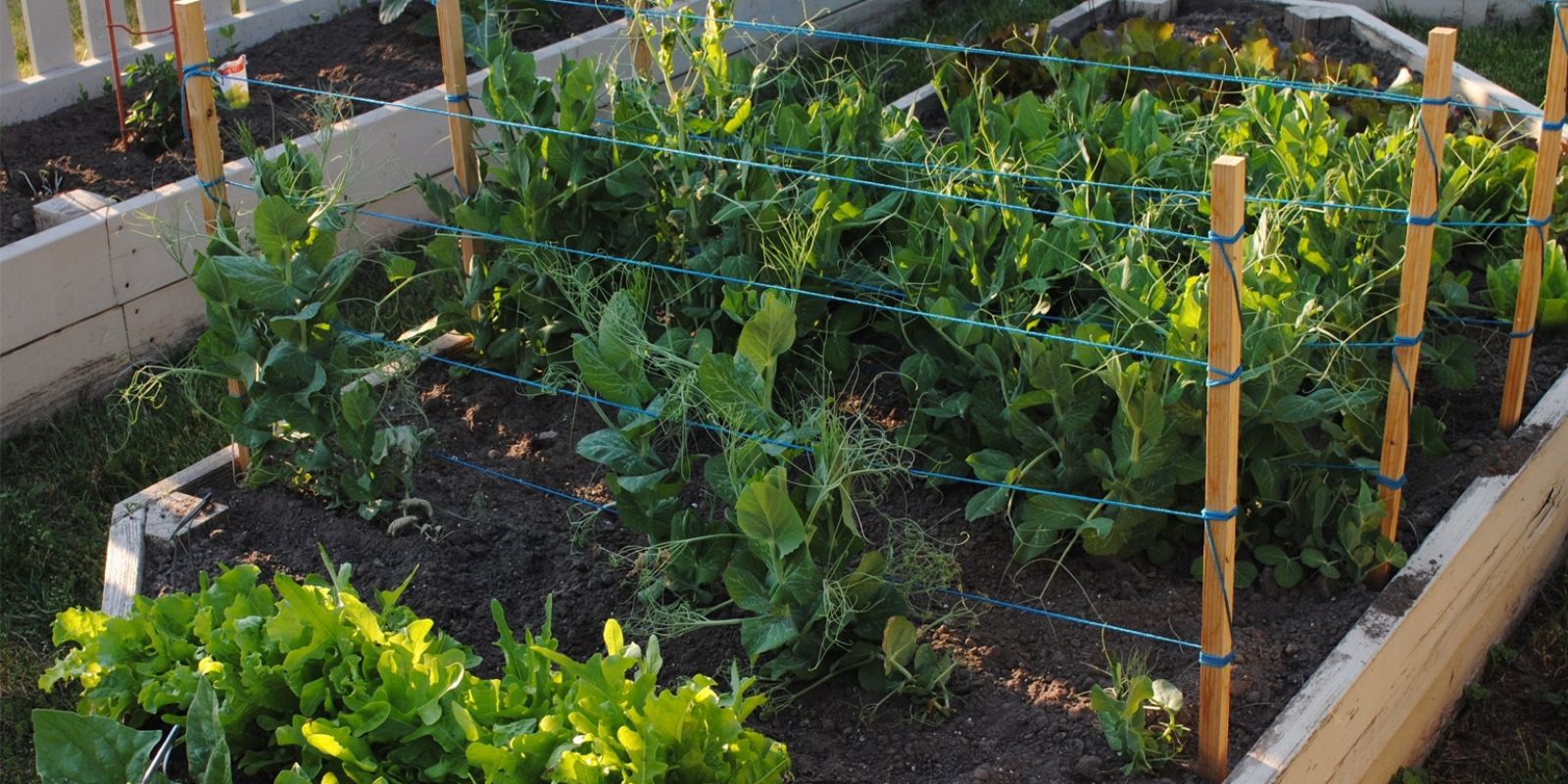Introduction
Vegetable gardening is a fulfilling hobby that brings the joy of fresh, homegrown produce to your table. Whether you’re a seasoned gardener or a beginner, the path to a successful harvest is often paved with challenges. From planting too early to neglecting soil quality, even minor missteps can lead to disappointing results. This article delves into five common vegetable gardening mistakes and provides practical solutions to help you avoid them. By understanding these pitfalls, you’ll be better equipped to grow a thriving garden and enjoy an abundant yield.
1. Planting Too Early or Too Late
Timing is everything in vegetable gardening. One of the most frequent mistakes gardeners make is planting their seeds or transplants too early or too late in the season. Early planting, especially before the last frost date, can lead to poor germination and stunted growth as seedlings struggle against cold soil and air temperatures. Conversely, planting too late in the season might not give your plants enough time to mature before the first frost of autumn.
Solution: Research your local climate zone to determine the optimal planting times for each vegetable in your garden. Use a gardening calendar or consult with local gardening experts to understand your area’s frost dates. Additionally, consider starting seeds indoors if you want to get a head start on the growing season. This allows you to transplant seedlings outdoors when the weather is more favorable.
2. Overcrowding Plants
The excitement of planting a garden can lead to overzealous planting, where too many seeds or seedlings are crammed into a small space. Overcrowding leads to competition for essential resources like water, sunlight, and nutrients. As a result, plants may become weak, spindly, and more susceptible to diseases and pests. Moreover, overcrowded gardens are more challenging to maintain, making it difficult to weed, water, and harvest effectively.
Solution: Always follow the recommended spacing guidelines on seed packets or plant labels. These guidelines are based on the mature size of the plants and help ensure that each one has enough room to grow. If you’re working with limited space, consider using vertical gardening techniques or growing smaller varieties of plants that require less space. Thinning seedlings early in their growth is also crucial to prevent overcrowding.
3. Ignoring Soil Quality
Soil is the foundation of your garden, and its quality directly impacts the health and productivity of your plants. Many gardeners overlook the importance of soil preparation, planting directly into the ground without considering soil composition, pH levels, or nutrient content. Poor soil can lead to weak, nutrient-deficient plants that are more prone to diseases and pests.
Solution: Test your soil before planting to determine its pH level and nutrient content. Most garden centers offer soil testing kits, or you can send a sample to a local agricultural extension office for analysis. Based on the results, amend your soil with organic matter such as compost, well-rotted manure, or peat moss to improve its fertility and structure. Regularly adding organic matter to your garden bed will enhance soil health over time, leading to healthier plants and better yields.
4. Inconsistent Watering
Watering inconsistencies are a common issue that can cause stress to your plants. Both overwatering and underwatering can lead to problems like root rot, wilting, and reduced fruit production. Plants that receive irregular watering may also be more vulnerable to diseases, as fluctuating moisture levels can weaken their natural defenses.
Solution: Establish a consistent watering routine that meets the needs of your specific plants. Most vegetables prefer a steady supply of moisture, with the soil kept consistently moist but not waterlogged. Using mulch around your plants can help retain soil moisture and reduce the need for frequent watering. Consider installing a drip irrigation system or soaker hoses to provide a slow, even water supply directly to the roots. These systems are more efficient than overhead watering and help minimize water waste.
5. Neglecting Pest Control
Pests are a constant threat in the garden, and neglecting pest control can lead to significant crop damage. Common garden pests, such as aphids, slugs, and caterpillars, can quickly infest and destroy your plants if not managed properly. Some gardeners rely on chemical pesticides, which can harm beneficial insects and the environment, while others may overlook pest control entirely, hoping for the best.
Solution: Adopt an integrated pest management (IPM) approach that combines cultural, biological, and mechanical methods to control pests. Regularly inspect your garden for signs of pest activity, such as chewed leaves, holes in produce, or discolored foliage. Introduce beneficial insects like ladybugs and lacewings, which prey on harmful pests. Encourage biodiversity in your garden by planting companion plants that deter pests or attract beneficial insects. If necessary, use organic pesticides like neem oil or insecticidal soap to control infestations without harming the environment.
Conclusion
Vegetable gardening is both an art and a science, requiring attention to detail and a willingness to learn from experience. By avoiding these common mistakes—planting too early or late, overcrowding plants, ignoring soil quality, inconsistent watering, and neglecting pest control—you can set yourself up for a successful gardening season. Remember that each garden is unique, and what works for one may not work for another. Be patient, observe your plants, and adjust your methods as needed.
Gardening is a journey, and every mistake is an opportunity to learn and grow. By understanding and addressing these common pitfalls, you’ll be well on your way to cultivating a thriving vegetable garden that provides fresh, delicious produce for your table. So, grab your gardening gloves, head outside, and start planting with confidence. Your best garden yet is just a few steps away!
Encouragement to Interact
Have you encountered any of these common gardening mistakes? Share your experiences and tips in the comments below! Let’s learn and grow together. Don’t forget to use the hashtags #VegetableGardening #GardenTips #HomeGardening #OrganicGardening #GardeningMistakes to join the conversation!

